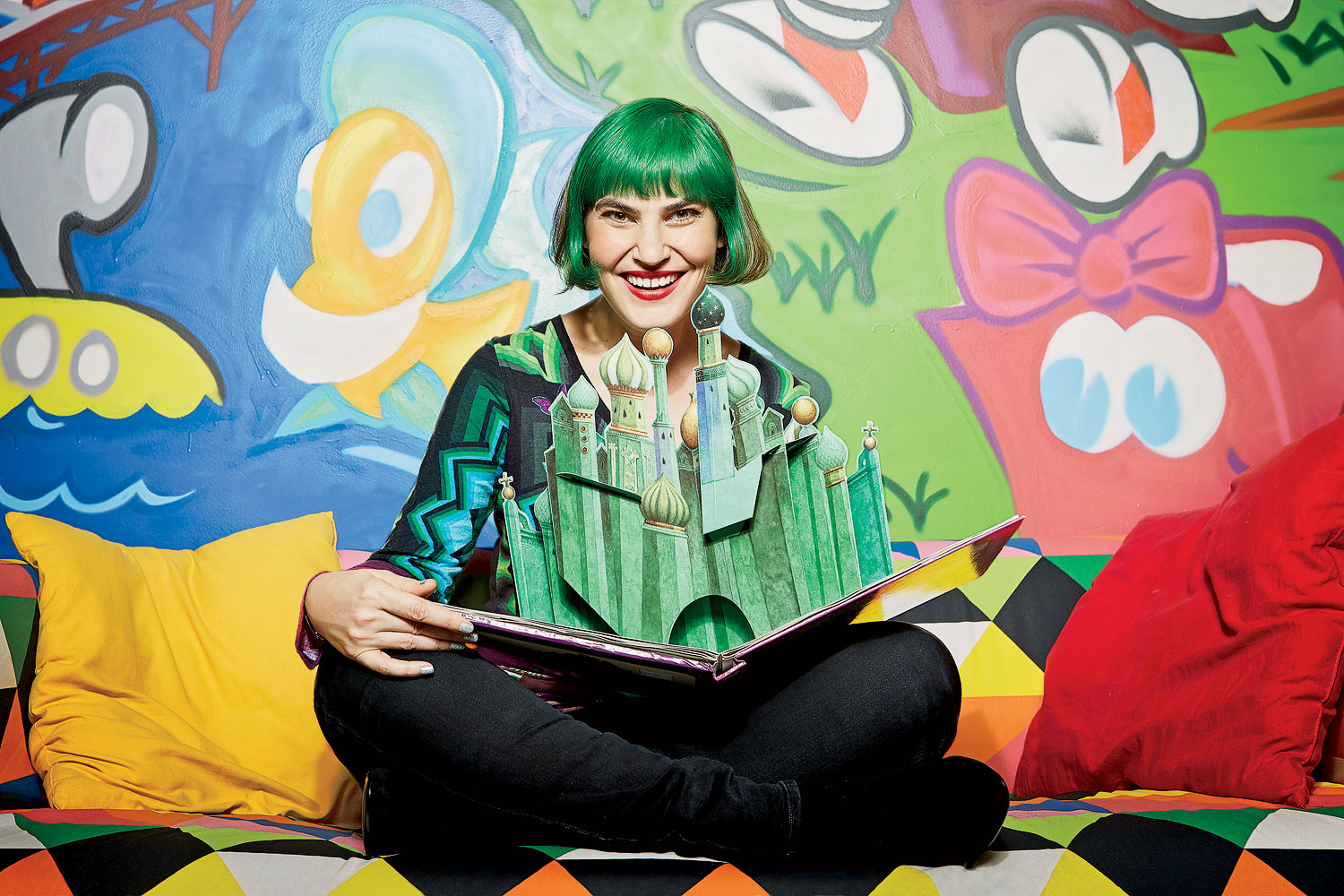You can’t miss Stacy Ratner when she comes into a room, in large part because of her bright green bangs. She’s been dyeing them since 2009 for a couple of reasons. She has a mild case of face blindness (a cognitive disorder that makes it hard for her to recognize even familiar faces), and she wants to make a strong first impression so that others who suffer from the condition find her difficult to forget. But her hair is also a way for her to stand out in a boardroom, to show that the cofounder of the Chicago Literacy Alliance is not another run-of-the-mill executive. “I just don’t feel like I need to conform to what other people expect,” the 43-year-old says.
Advertisement
Take, for instance, her spearheading the opening of the Literacenter in the West Loop this year. There had never before been a space where nonprofits with a single literary focus—in this case, the 60-plus members of the Chicago Literacy Alliance, including Open Books, SitStayRead, and Working in the Schools—could come together under one roof until Ratner got it into her head to create one.
A lifelong reader, Ratner adopted literacy as her cause after learning that 53 percent of adults in Chicago read at a below-average level. In 2006, the Boston College Law School graduate and veteran of several Internet startups founded Open Books, which sells donated used books to fund reading and writing programs for school-age kids. What began as a stockpile in her South Loop basement today occupies two storefronts (in Pilsen and the West Loop), and Open Books serves more than 5,000 students in its programs each year.
Early on, though, Ratner realized that Chicago’s literacy groups were often duplicating one another’s efforts “in a way that was useless,” she says, rather than spreading resources around. Thanks to the Literacenter, collaboration has become easier. “In the past, there was no way for us all to communicate. Now we share couches and a cafeteria.”



